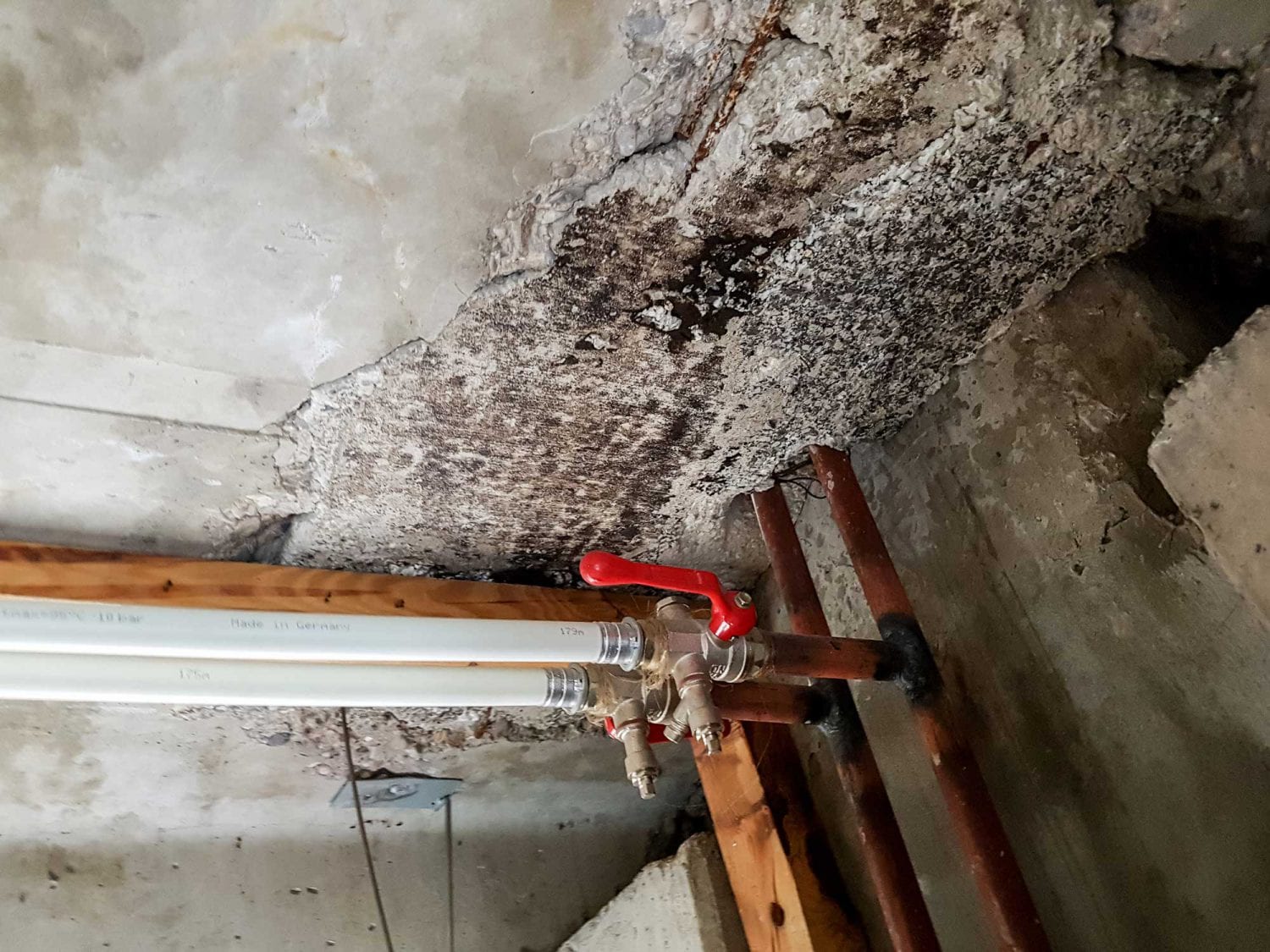Mold in your home can sneak up on you. It often lurks in places you wouldn’t expect, and it’s not always easy to spot. But the presence of mold can have serious consequences for your health and the structural integrity of your home. That’s why it’s crucial to understand what mold is, how it thrives, and what you can do to prevent and address it.
At Insight Environmental, we know a thing or two about mold. We’ve been helping homeowners test for and address mold issues for years, and we want to share our knowledge with you. So, let’s dive into the ultimate guide to understanding mold in your home.
What Is Mold?
Mold is a type of fungus that can grow both indoors and outdoors. It reproduces by releasing tiny spores into the air, which can then land on surfaces and begin to grow. Mold thrives in damp, warm, and humid conditions, which is why it’s commonly found in places like bathrooms, basements, and kitchens.
There are thousands of different types of mold, but some of the most common types found in homes include Aspergillus, Cladosporium, Penicillium, and Stachybotrys chartarum (also known as black mold). While some types of mold are relatively harmless, others can cause health problems, especially for people with allergies, asthma, or weakened immune systems.
The Health Risks of Mold
One of the biggest concerns with mold in the home is the potential health risks. Mold can cause a variety of symptoms, including coughing, sneezing, watery eyes, and skin irritation. For people with allergies or asthma, mold can trigger more severe reactions, like difficulty breathing or asthma attacks. In some cases, mold can also produce toxic substances called mycotoxins, which can lead to more severe health problems if ingested or inhaled.
It’s important to note that not all mold is dangerous to your health. However, if you see or smell mold in your home, it’s a good idea to have it tested to determine the type of mold and the best course of action.
How Mold Grows in Your Home
Mold can grow almost anywhere in your home where there’s moisture and organic material for it to feed on. This includes common areas like your bathroom and kitchen, but mold can also be found in less obvious places, like behind wallpaper, in your HVAC system, or under carpets.
Mold spores are always present in the air, both indoors and outdoors. When they land on a damp surface, they begin to grow and multiply. Mold can grow on just about any surface, including wood, paper, carpet, and insulation. As it grows, it can start to break down the material it’s growing on, which can lead to structural damage in your home.
Preventing Mold Growth in Your Home
The best way to deal with mold is to prevent it from growing in the first place. Here are some tips for preventing mold in your home:
– Control moisture: Keep your home dry and maintain a comfortable indoor humidity level (between 30 and 50%) by fixing leaks, using dehumidifiers, and ventilating damp areas like your bathroom.
– Keep it clean: Regularly clean areas that are prone to mold, like your bathroom and kitchen, using mold-killing products.
– Keep it dry: Ensure that wet areas are dried immediately to prevent mold from taking hold. This includes spills, leaks, and condensation.
– Ventilation: Make sure your home is well-ventilated to prevent moisture buildup. Use exhaust fans in your bathroom and kitchen, and open windows when the weather allows.
– Insulation: Properly insulate your home to prevent condensation, which can lead to mold growth.
How to Spot Mold in Your Home
Sometimes, despite your best efforts, mold can still find its way into your home. It’s important to know how to spot it so you can address it as soon as possible. Here are some signs that you might have mold in your home:
– Visible growth: This is the most obvious sign of mold. It can appear as spots or patches of various colors, including black, green, or white.
– Lingering musty smells: Mold often produces a musty, earthy smell that can be a telltale sign of its presence.
– Water damage: If you’ve had recent water damage, there’s a good chance mold could be growing in the affected area.
– Health symptoms: If you or your family members are experiencing unexplained allergy-like symptoms, it could be a sign of mold growth in your home.
What to Do If You Find Mold in Your Home
If you do find mold in your home, don’t panic. There are steps you can take to address the problem. For small areas of mold, you can clean it yourself using a solution of bleach and water. Be sure to wear gloves, a mask, and eye protection, and make sure the area is well-ventilated.
For larger areas of mold or if you’re not sure how to handle the mold, it’s best to call in the professionals. At Insight Environmental, we specialize in mold testing and inspection, and we are always happy to recommend a trusted company for mold removal when you need it. We can help you determine the type of mold, the extent of the problem, and the best course of action for addressing it.
Remember, the key to dealing with mold is to act quickly. The longer you wait, the more it can spread and cause damage to your home and health.
Mold in your home can be a serious problem, but with the right knowledge and tools, you can manage it. By understanding what mold is, how it grows, and what you can do to prevent it, you can keep your home and family safe from the health risks associated with mold.
If you’re concerned about mold in your home, or if you’ve spotted signs of mold, don’t hesitate to give us a call at Insight Environmental. We’re here to help you with all your mold testing needs, so you can breathe easy knowing your home is mold-free.




